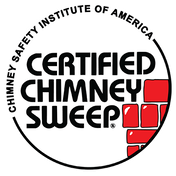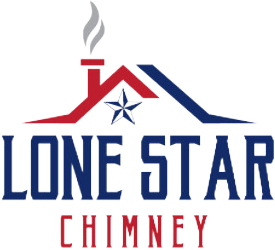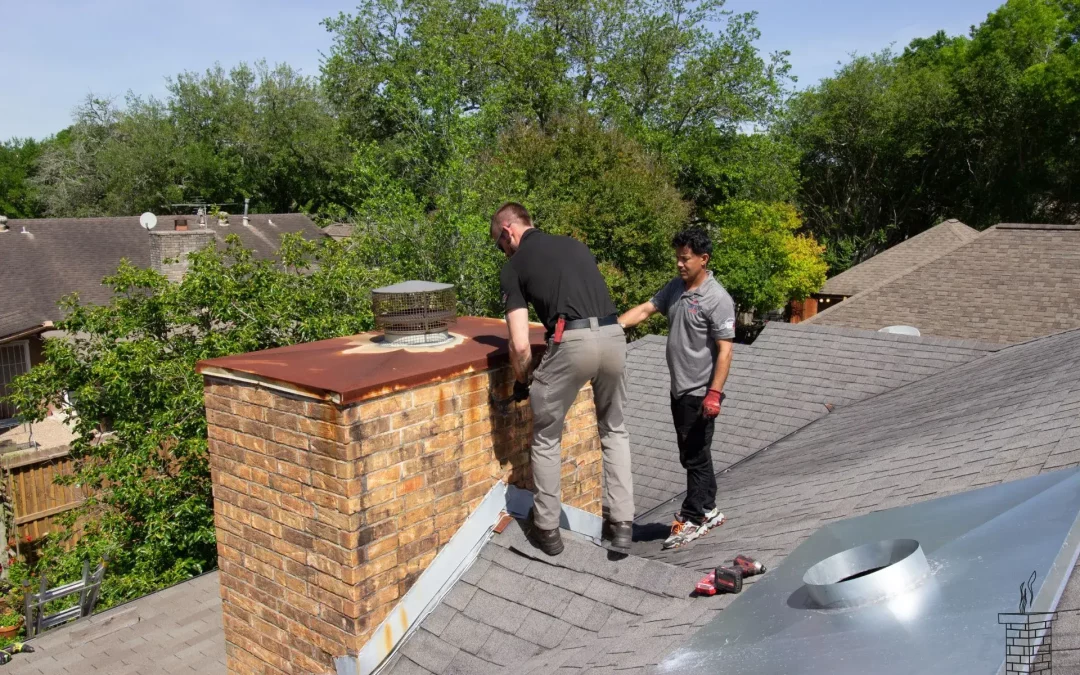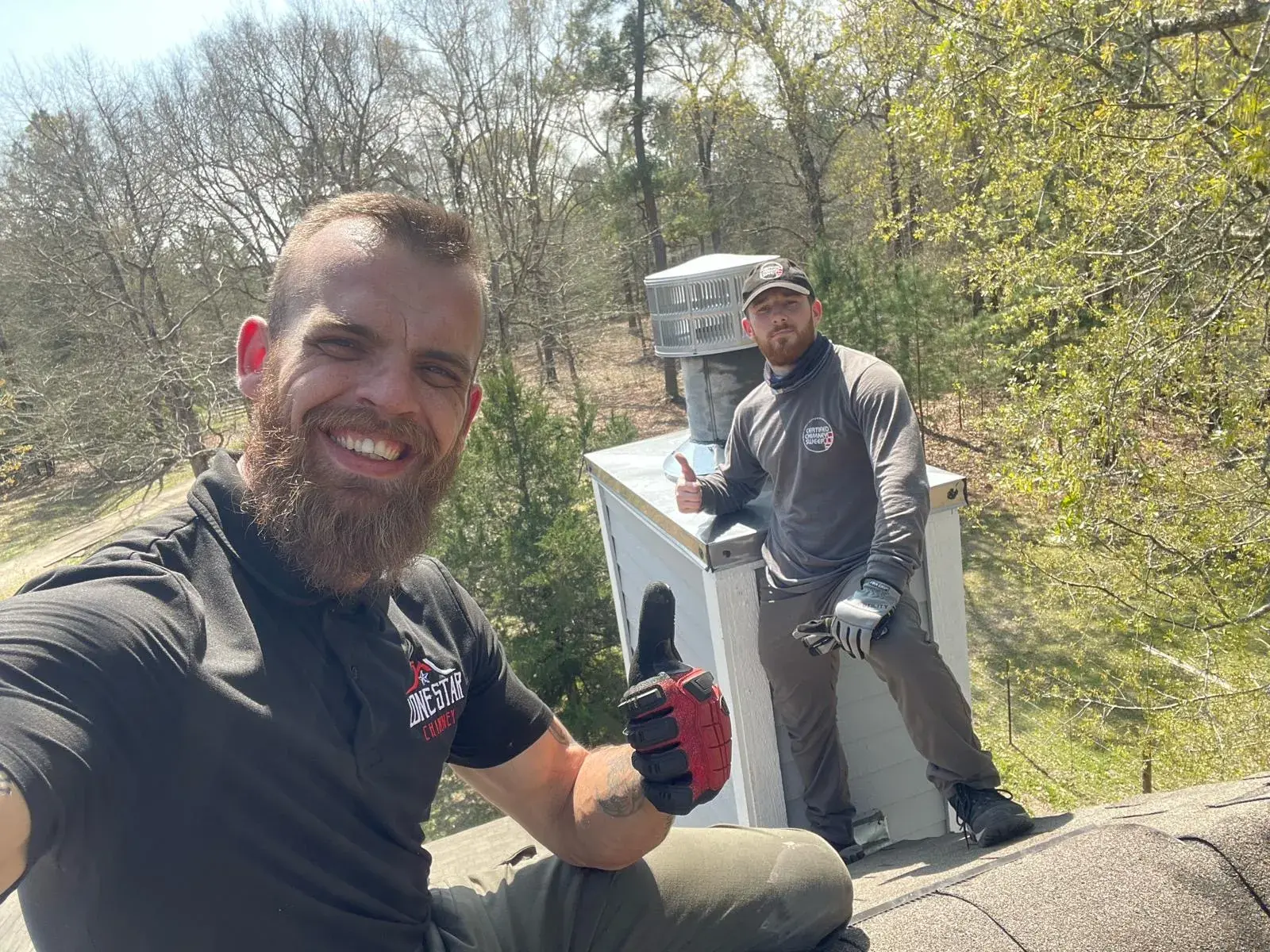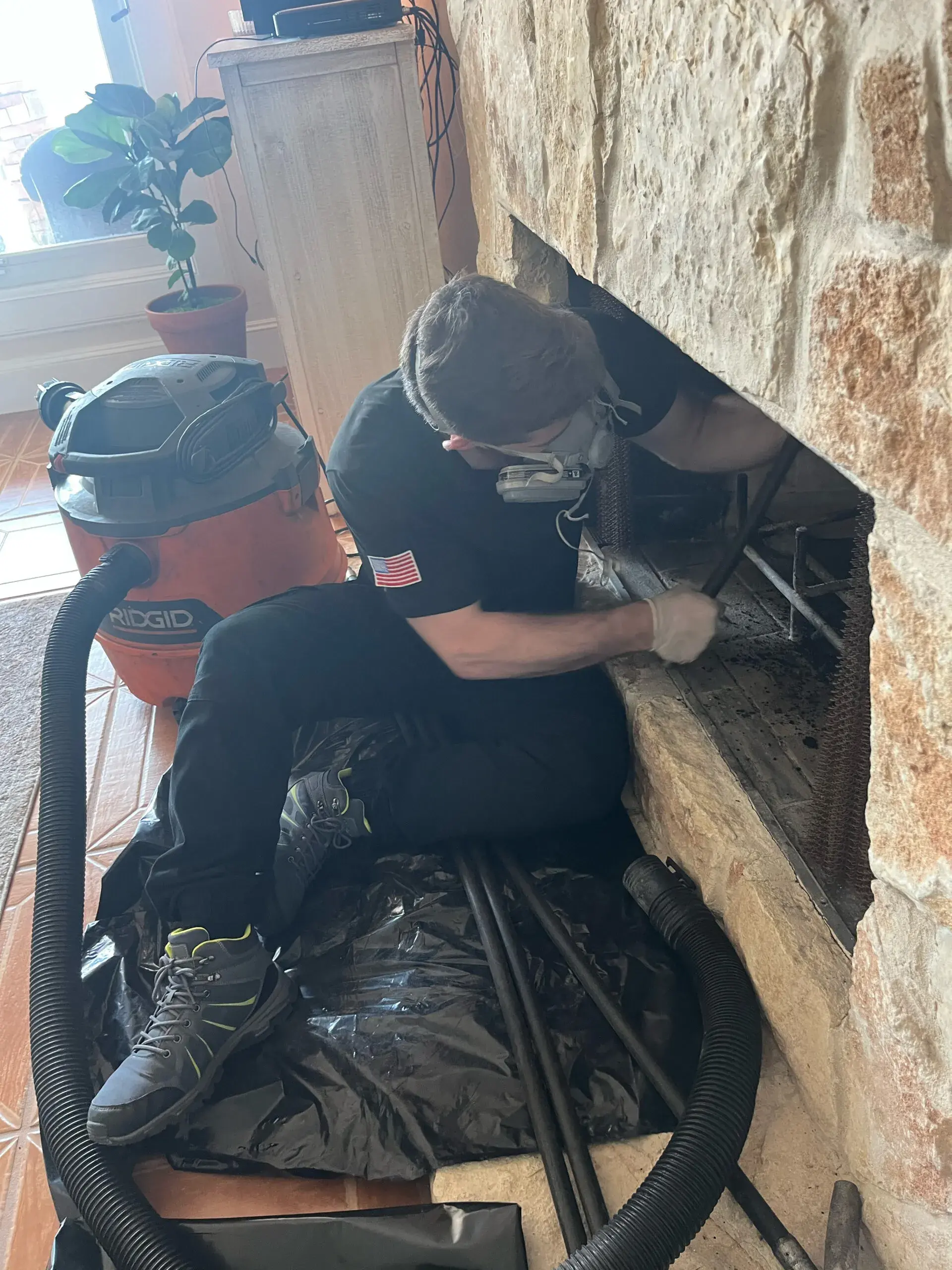Experts recommend that you have chimney cleaning done on a regular basis to make sure that your chimney is in good repair and safe so that you can enjoy using your fireplace. Can you clean your chimney yourself? It is possible for homeowners to clean their own chimneys, but it’s not recommended for a variety of reasons.
How To Tell If Your Fireplace Chimney Needs Cleaning
If you haven’t had your chimney cleaned in a long time you can assume it needs cleaning. But there are also obvious signs that you’ll notice when your chimney needs cleaning like:
- Smoke fills the room when you use the fireplace.
- Mortar pieces have fallen down the chimney.
- Difficulty starting or maintaining fire.
- Fireplace walls have oily marks.
- Fires burn oddly.
- The fireplace damper is black.
- Your fireplace smells like a campfire.
- Soot coats the fireplace and everything near it.
- Foul or smokey smell.
- Leaky chimney.
- Noticeable creosote buildup.
- Odd smells or chemical smells in the chimney or coming from the fireplace.
- Animal nests in the chimney.
- Animal noises in the chimney.
- Cracked flue tiles.
You should plan on getting your chimney cleaned at least once a year, especially if you use it often during the fall and winter. If you’re not sure whether or not you need chimney cleaning, you can get your chimney inspected by a professional chimney sweep.
Certified Chimney Inspection
A chimney inspection should always be done by a CSIA-certified technician. The Chimney Safety Institute of America awards certification to technicians who complete extensive training in chimney safety and chimney cleaning techniques. You can trust that chimney cleaning done by a CSIA-certified technician will be thorough and leave your chimney safe to use.
When a CSIA-certified technician comes to examine your chimney, they will inspect all the parts of the chimney for damage that could make the chimney unsafe. There are three different types of chimney inspections:
- Level I – A level I inspection is a basic chimney inspection. It checks the parts of the chimney and fireplace that are easily accessible. A chimney sweep will make sure that all visible parts of the chimney and fireplace are in good working order. You can also have a chimney cleaning done at the same time as a Level 1 chimney inspection.
- Level II – A level II chimney inspection is a little more in-depth. If you have a level II inspection done the technician will use a specialized camera to video scan the inside of your chimney. The camera makes it easier to see leaks, holes, and other damage so it can be fixed before it becomes a danger.
- Level III – The most in-depth type of chimney inspection is the level III inspection. Typically, this type of chimney inspection will only be done if the technician is worried about more extensive damage or if the first two levels showed a need for a more thorough look at the chimney. During a level III inspection that technician will remove part of the chimney to check for damage.
One of the reasons why DIY chimney cleaning isn’t recommended is that only a CSIA-certified technician that is trained to look for any sign of damage to the chimney can successfully inspect your chimney before cleaning.
For safety’s sake it’s much better to have professional chimney cleaning done. A CSIA-certified technician will also have access to specialized chimney cleaning tools that homeowners won’t have access to.
Chimney Cleaning Tools
Chimney cleaning isn’t usually a difficult job, but it can be a dirty one. And in order to safely and efficiently get a chimney clean you need the right tools. Homeowners don’t have access to the same kinds of specialized tools that professional chimney sweeps have. Some of the tools that chimney sweeps use for chimney cleaning are:
- Wire Chimney Brush
A wire chimney brush designed specifically to reach all the cracks and crevices in narrow chimneys are used to loosen up dirt, soot, and debris so it can be cleaned out.
- Polypropylene Brush
Wire chimney brushes may cause damage to delicate chimneys or flue liners so when a professional chimney sweep is cleaning a stainless-steel lined chimney or a chimney that it too delicate for a wire brush they will use a specially-designed polypropylene brush that will loosen up dirt and debris without scratching or damaging the chimney.
- Smoke Chamber Brush
Creosote can build up on the flue lining and in other parts of the chimney. A professional will use a smoke chamber brush while chimney cleaning to safely remove creosote buildup.
- Chimney Sweeping Rods
For extremely narrow chimneys or chimneys that are very long chimney sweeping rods are used instead of traditional brushes. These flexible rods allow a professional chimney sweep to make sure that all of the parts of the chimney get cleaned. They can also be attached to brushes to extend the reach of the brushes.
- Chimney Cleaning Agents
Chimney cleaning agents are used on the toughest and dirtiest chimneys. These chemical cleaners are only available for professional chimney sweeps. They can remove all creosote in a chimney, even glazed on creosote. They work fast, they’re environmentally safe, and they get the crud out of any chimney, even one that hasn’t been cleaned in years.
How To Clean A Chimney
Even though it’s possible for homeowners to clean their own chimneys, DIY chimney cleaning isn’t recommended. The best way to clean a chimney is to call a CSIA-certified professional chimney sweep who can inspect and clean your chimney so that you can enjoy your fireplace safely.
